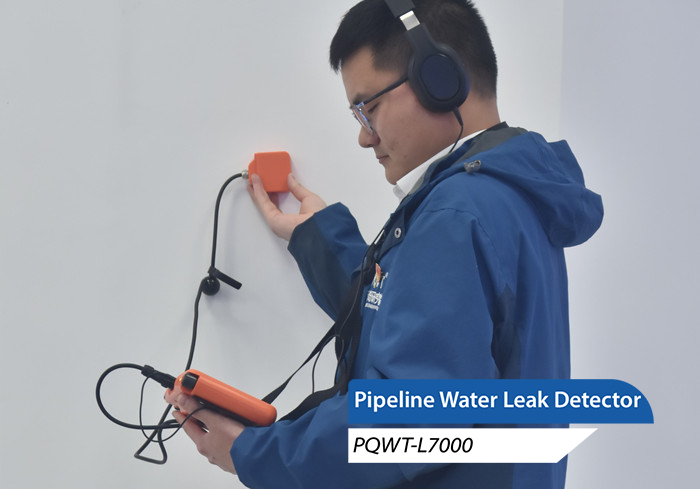Water leaks, if left untreated, can have serious impacts on your home, including structural damage, electrical leaks and fire risks, black mold and mildew growth, damage to furnishings and décor, and energy waste. It is important to understand these impacts and take effective measures to detect and repair them. In this article, we will explore the effects of water leaks on homes and their solutions in detail.

The effects of water leakage on a house
1. Structural damage
Water leaks can lead to moisture and infiltration of structural elements such as walls, ceilings, and floors, which in turn can cause corrosion, expansion, and damage. In the long run, this erosion may lead to loosening, deformation and even collapse of the structure. Especially in load-bearing walls and foundation parts, water leakage may jeopardize the overall safety of the house.
2. Leakage and fire risk
Water is a good conductor of electricity, and water leakage may cause wires and electrical equipment to come into contact with moisture, thereby increasing the risk of electrical leakage and fire. It is especially important to be on high alert for water leaks in walls and ceilings where electrical wires pass through.
3. Black mold and mildew
Humid environments are ideal conditions for the growth of black mold and mildew. These microorganisms have an impact on indoor air quality and can cause respiratory problems and other health issues. Black mold and mildew not only ruin the aesthetics of your home, but may also pose a threat to the health of the occupants.
4. Damage to Furniture and Decorations
Water leaks that occur close to furniture and decorative items may cause these items to become damp, warped, cracked or discolored. Wooden furniture is particularly susceptible to moisture expansion, leading to peeling of surface paint and even structural deformation.
5. Energy Waste
Water leaks can lead to energy waste. For example, leaks in hot water pipes can lead to heat loss, increasing energy consumption and costs. Leaks in cold water pipes may also lead to water wastage, increasing water bills.
The Solution
Using a pipe leakage detector to identify leaks is an effective solution to the above leakage problems. Utilizing advanced technology, the Pipe Leakage Tester is able to quickly and accurately locate the leakage point, avoiding extensive demolition and excavation, and reducing damage to the structure and decoration of the house. The specific steps are as follows:
1. Preliminary inspection
Through visual inspection, look for obvious signs of water leakage, such as water stains, traces and drops. Focus on checking pipe connections, valves, sprinkler heads and other places prone to water leakage.
2. Use of testing equipment
Use a water leak detector for detailed inspection. Water leakage detector can quickly locate the leakage point through sound detection, thermal imaging, pressure test and other methods. For example, through sound detection, it can detect the sound of water leakage inside the pipe; through thermal imaging, it can find the temperature difference on the surface of the pipe.
3.Repairing water leaks
After finding the water leakage point, repair it in time. According to the specific situation, choose the appropriate repair methods, such as replacing pipes, repairing cracks, adjusting pressure, etc.
4.Regular Maintenance
Regularly inspect and maintain the piping system to prevent water leakage. Keep the environment around the pipes dry to avoid water damage and mold growth.
Leaks, if left untreated, can have serious effects on a home, from structural damage to health threats, and even cause fires and energy waste. Using a plumbing leak detector to locate leaks is an effective way to address leaks. With regular inspection and maintenance, leaks can be detected and repaired in a timely manner, ensuring the safety of your home and the comfort of your living environment.








